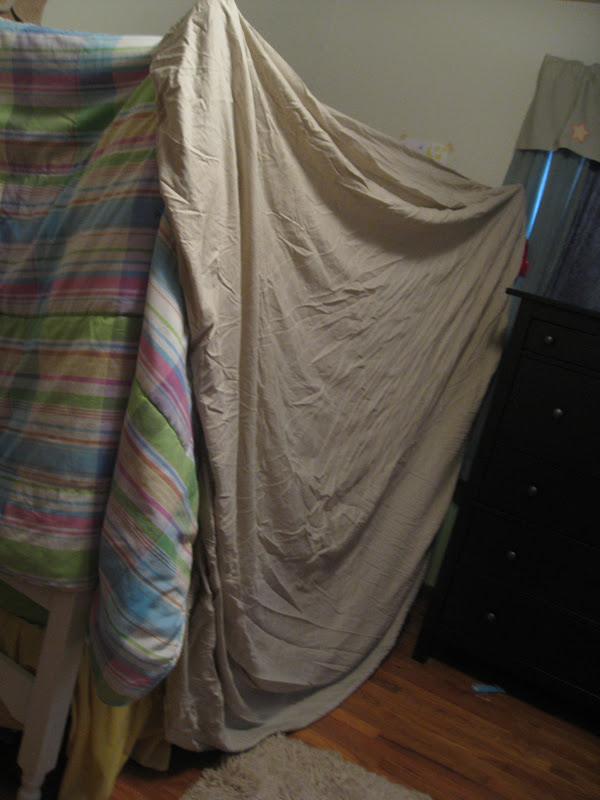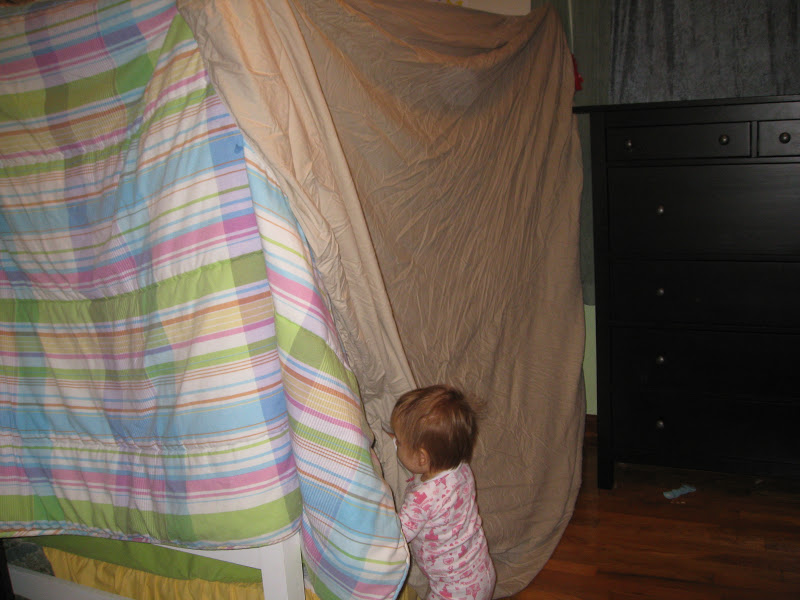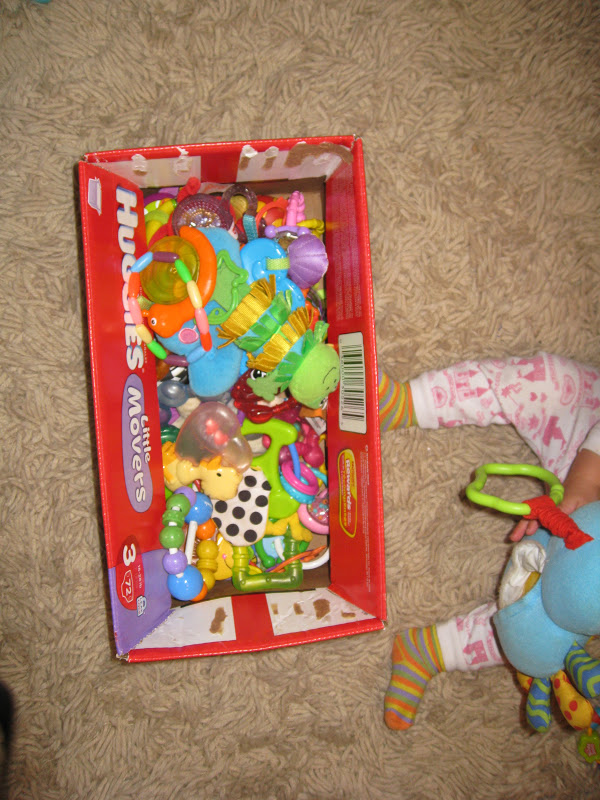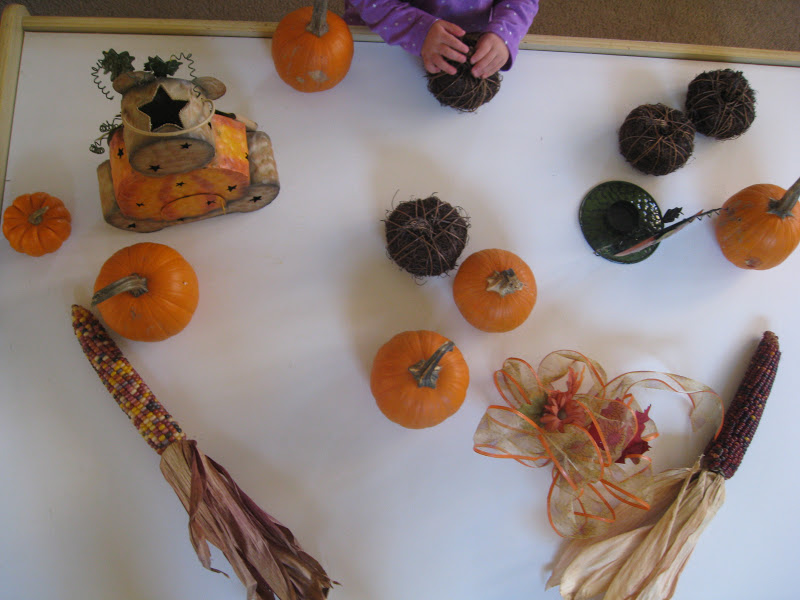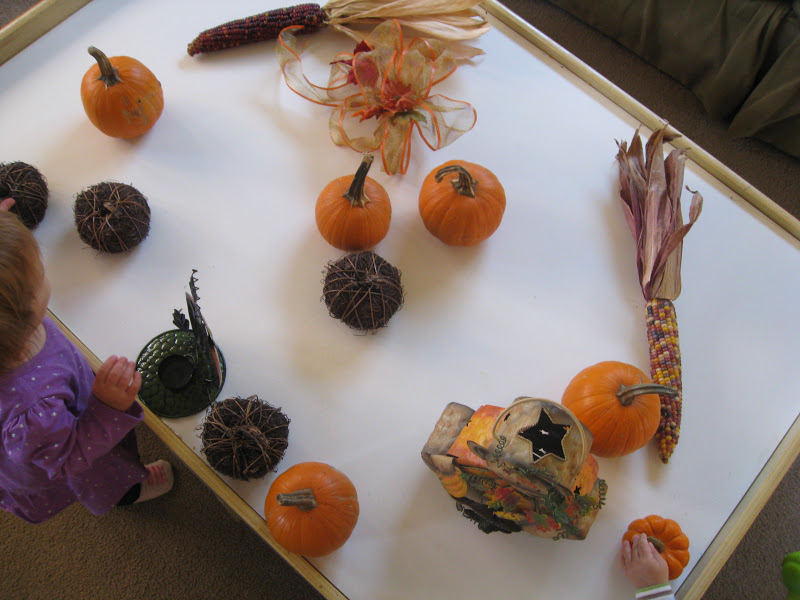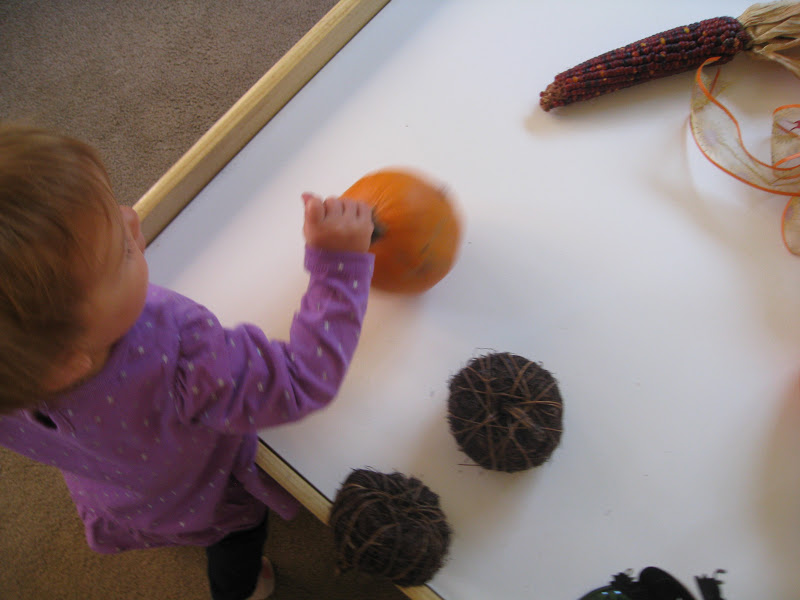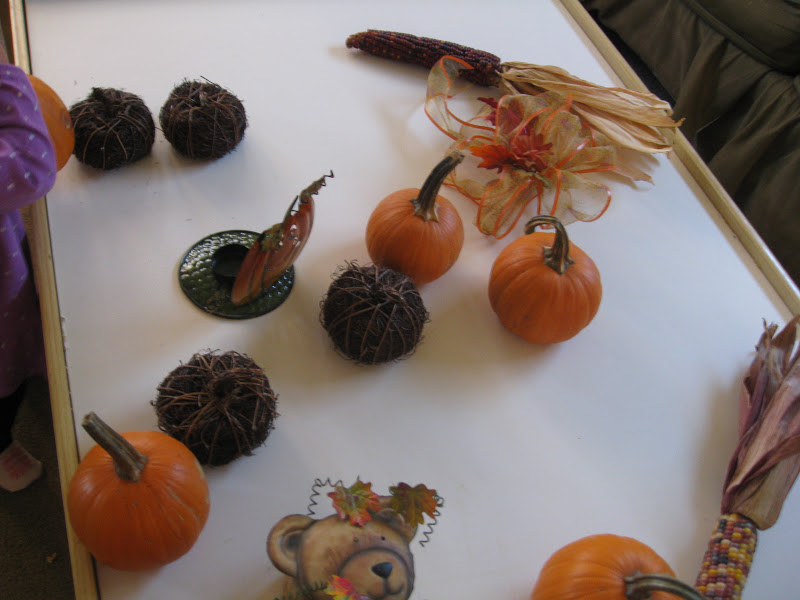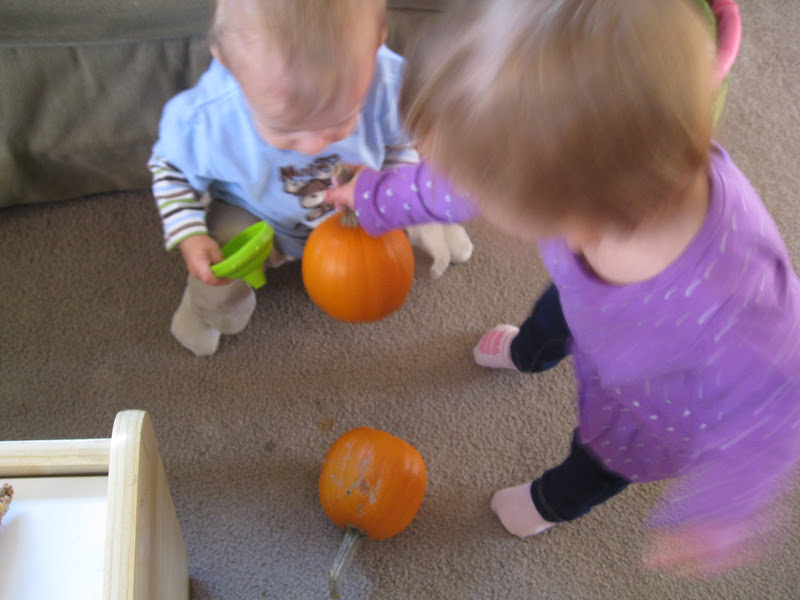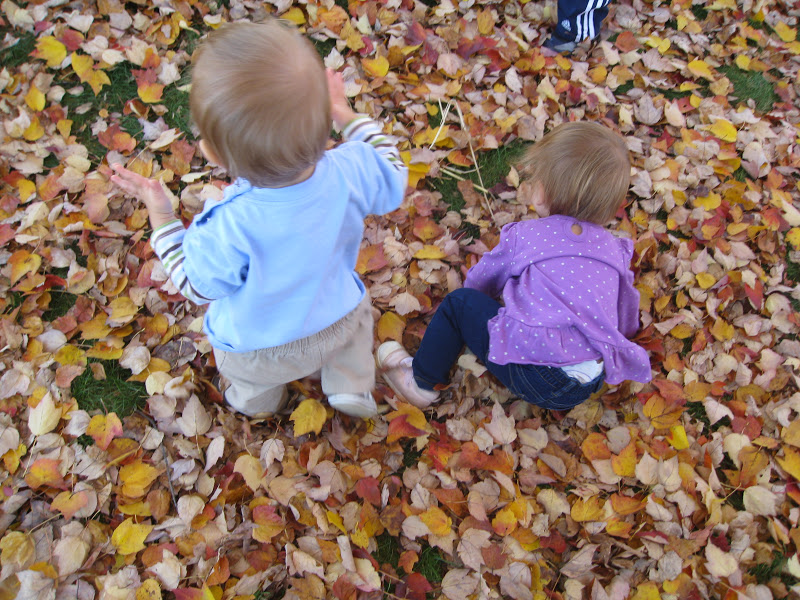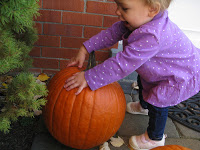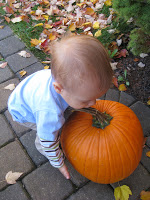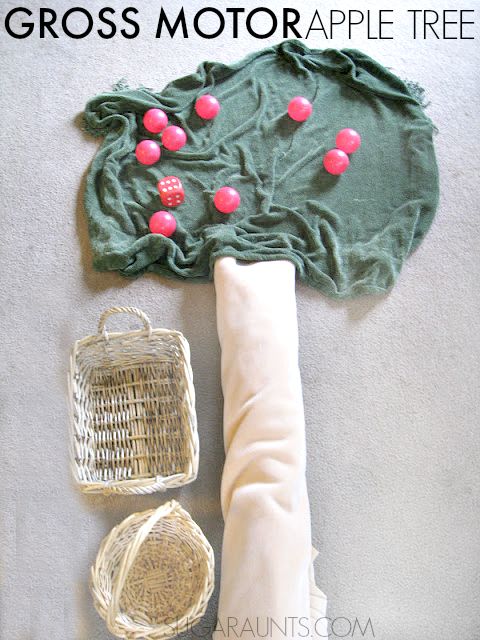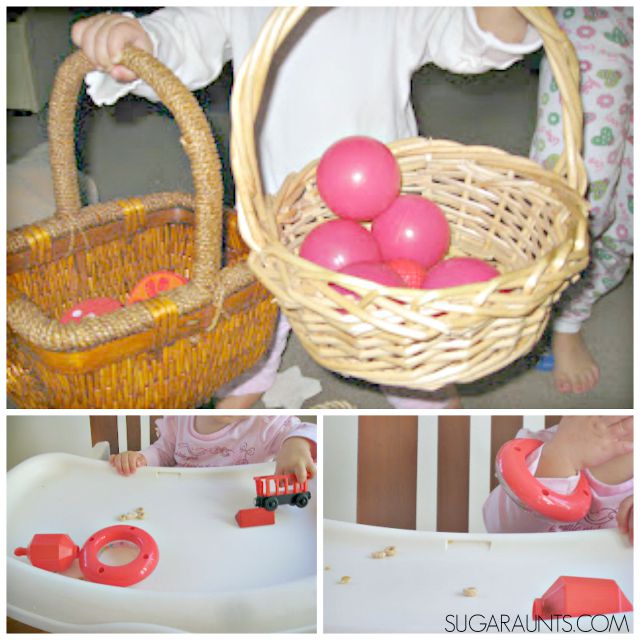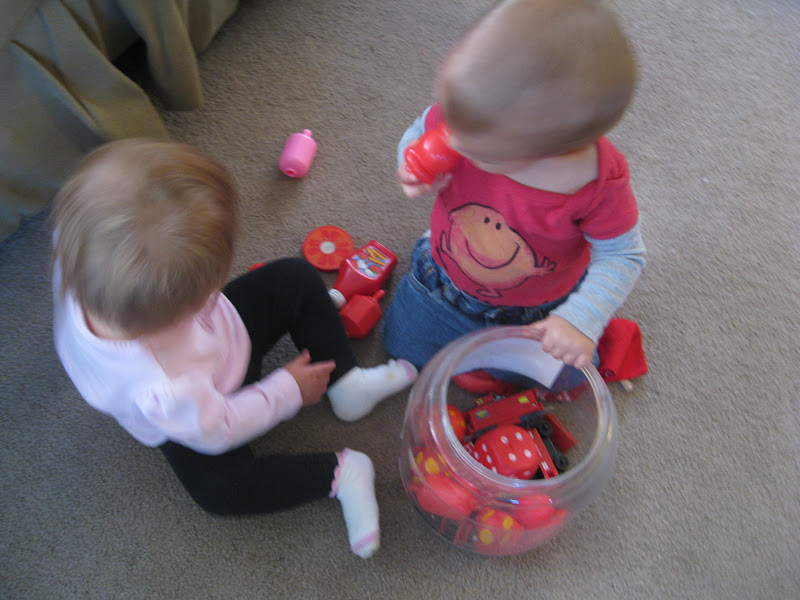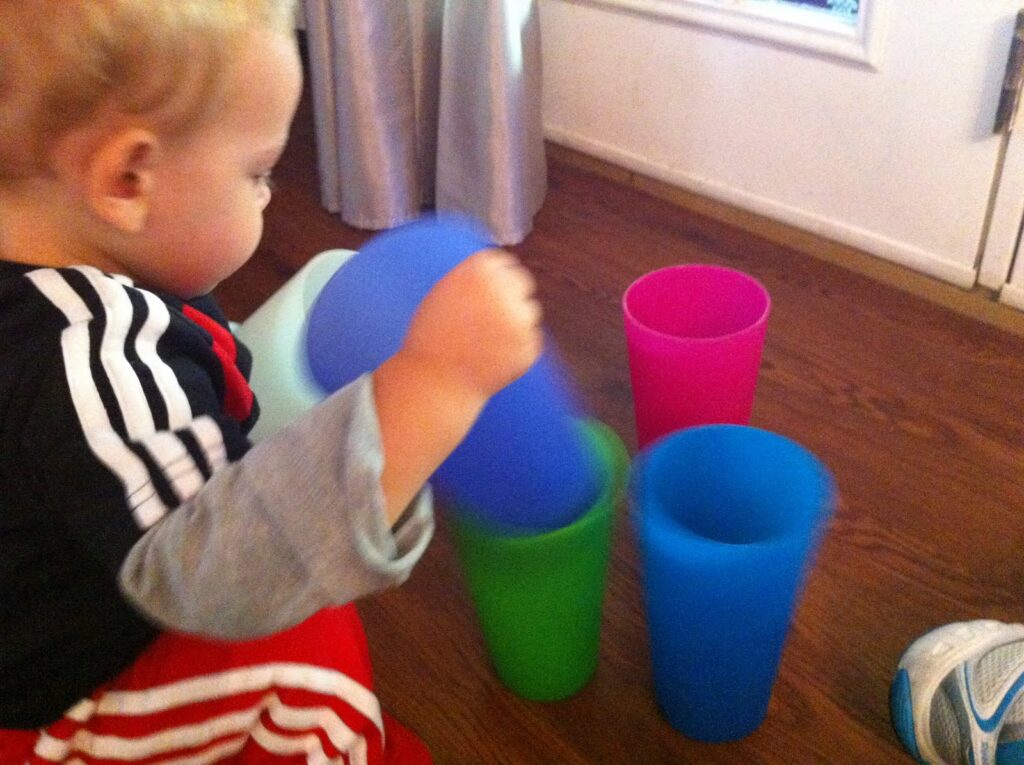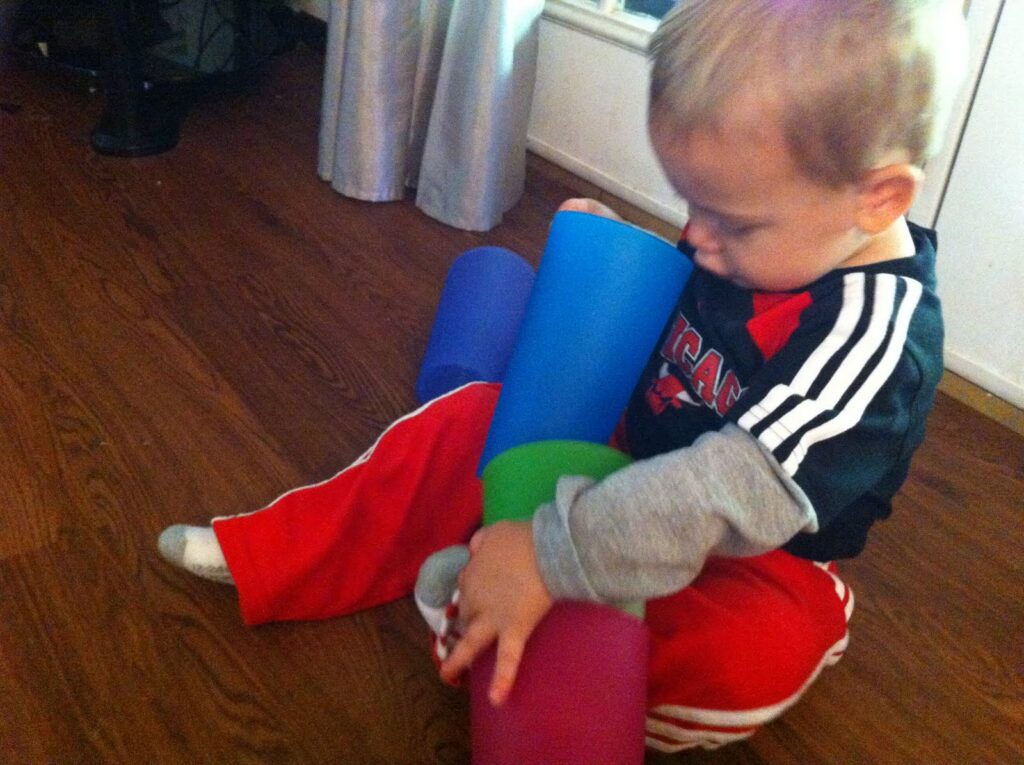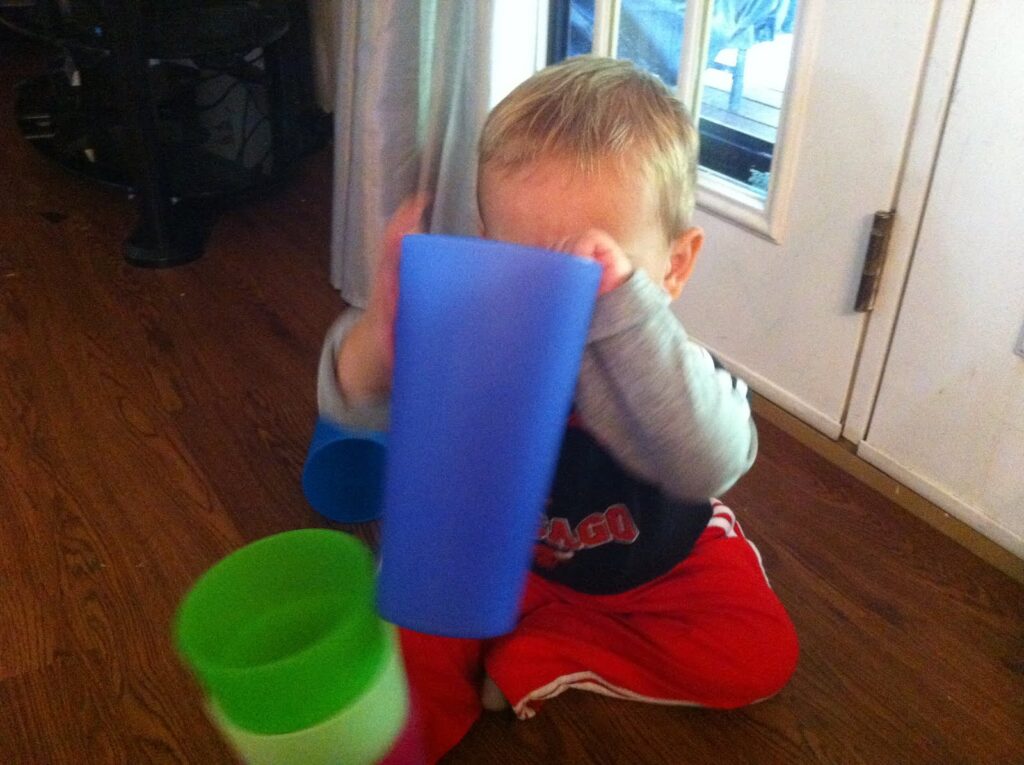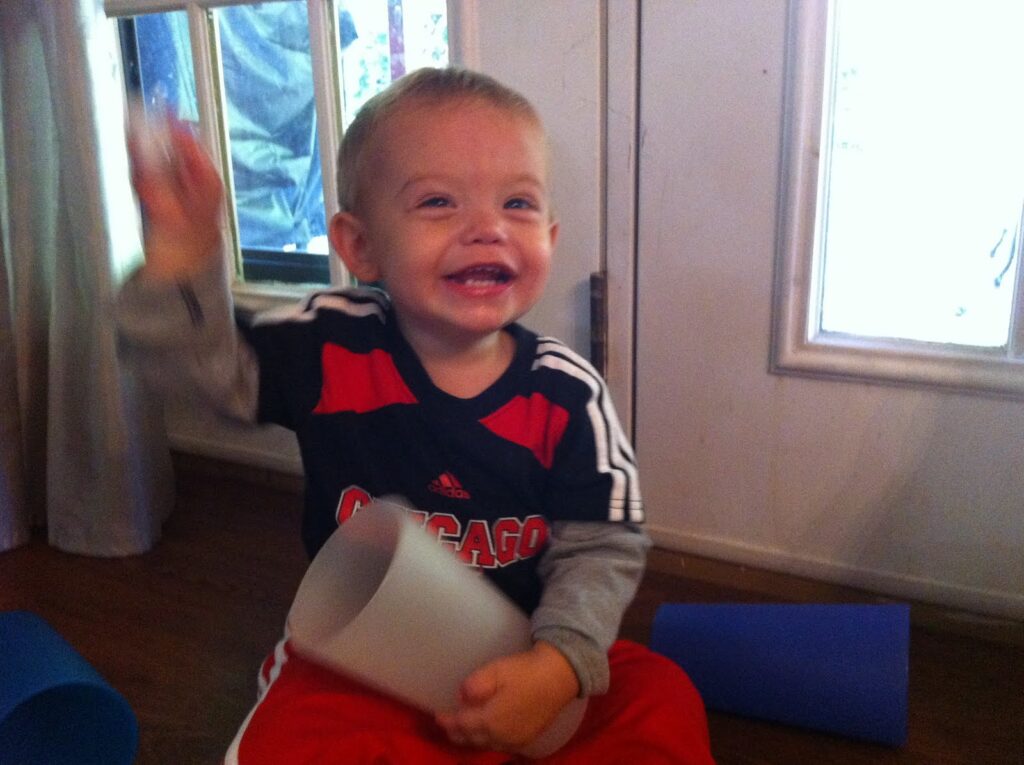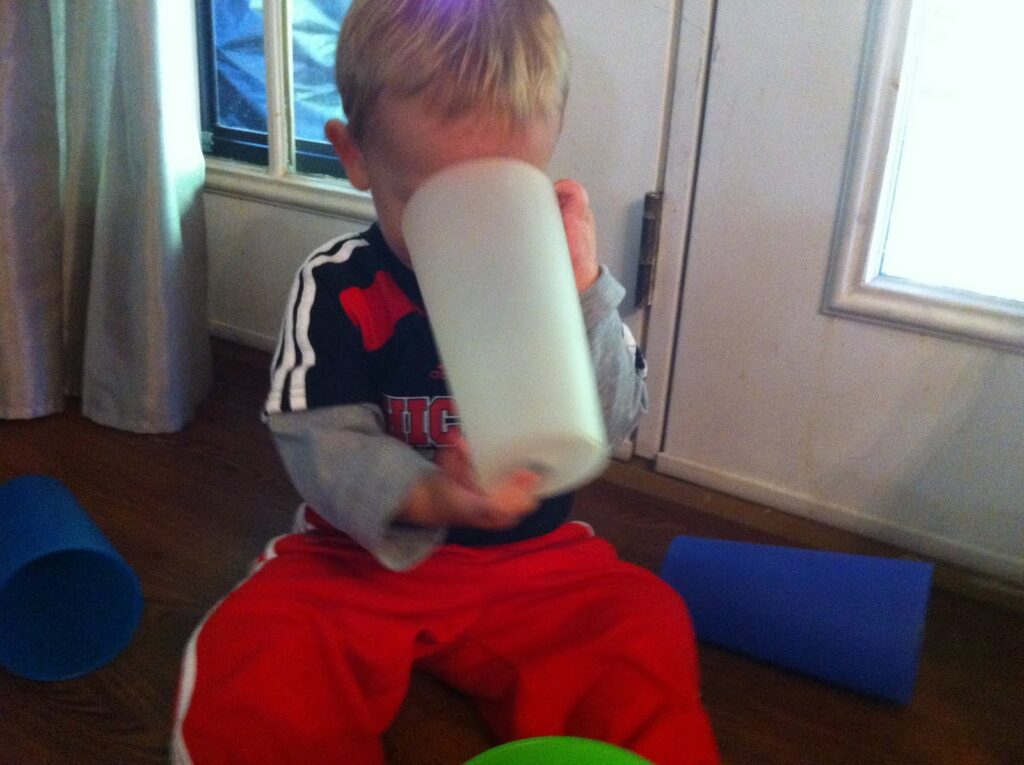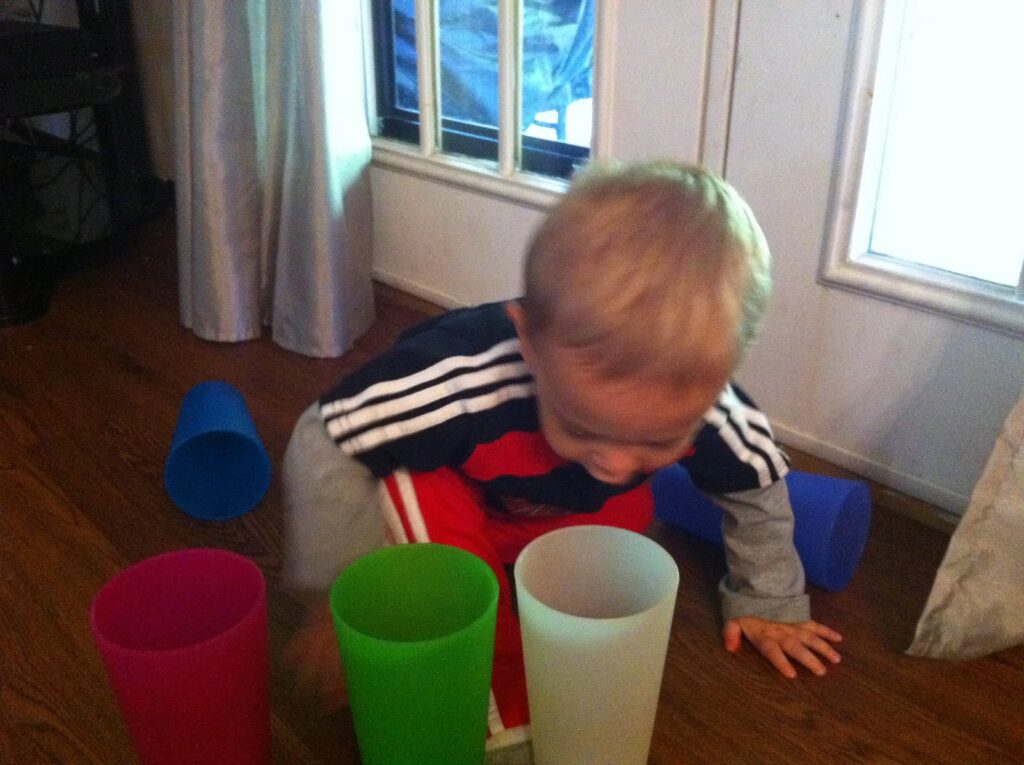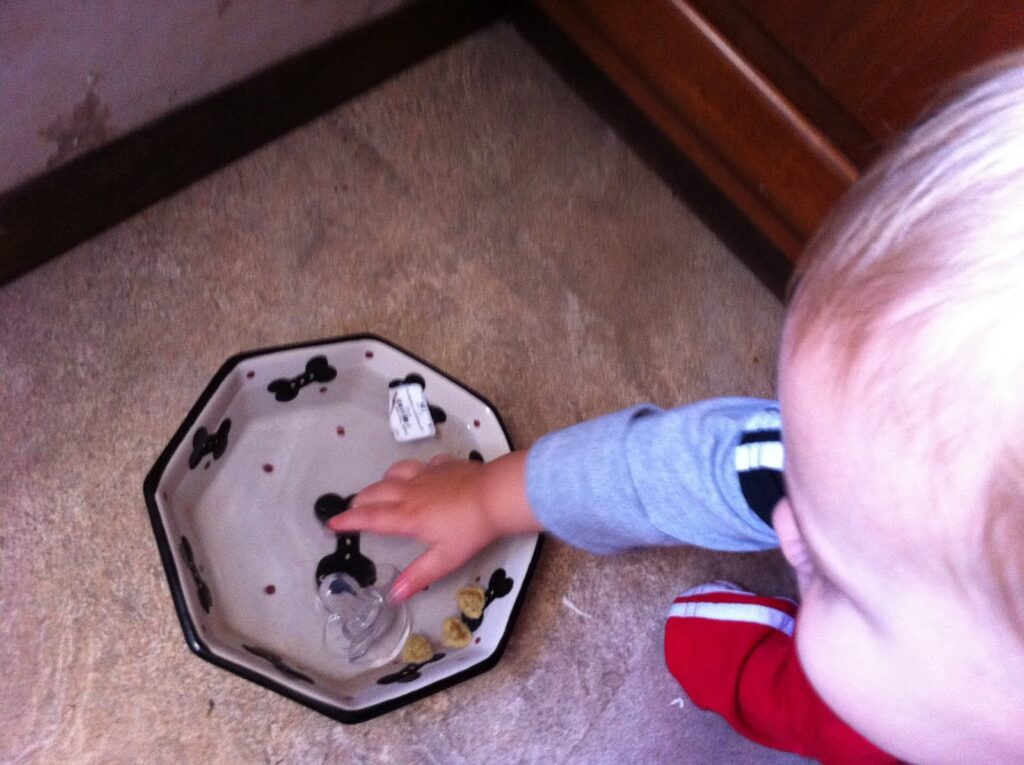Let’s cover a few different directional concepts; This over, under, around, and through activity for preschool is a spatial relations concept. These positional concepts are an important part of preschool development.
Teaching Directional Concepts: Over, Under, Around, and Through
Learning Spatial Concepts during play
One rainy pre-Halloween day, I had an idea to bring a pumpkin into our play. We were going to play a game teaching Spatial Concepts.
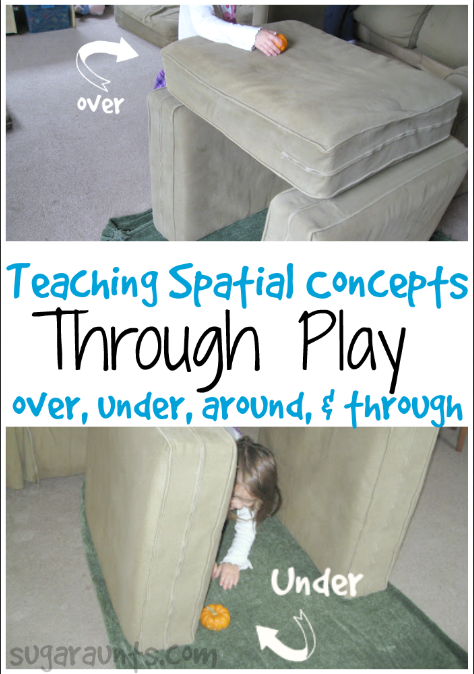
These are great concepts to teach to preschoolers.
Positional concepts are especially important in pre-handwriting. Once they begin handwriting, kids are taught line awareness, placement of letters on the top/middle/bottom lines, how to move over a space between words, how the “y” has a tail that hangs below the bottom line…So many times, a messy hand-writer is showing problems with spatial organization and concepts.
Teaching Over, Under, Around, and Through
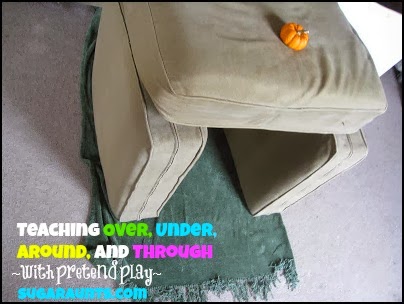
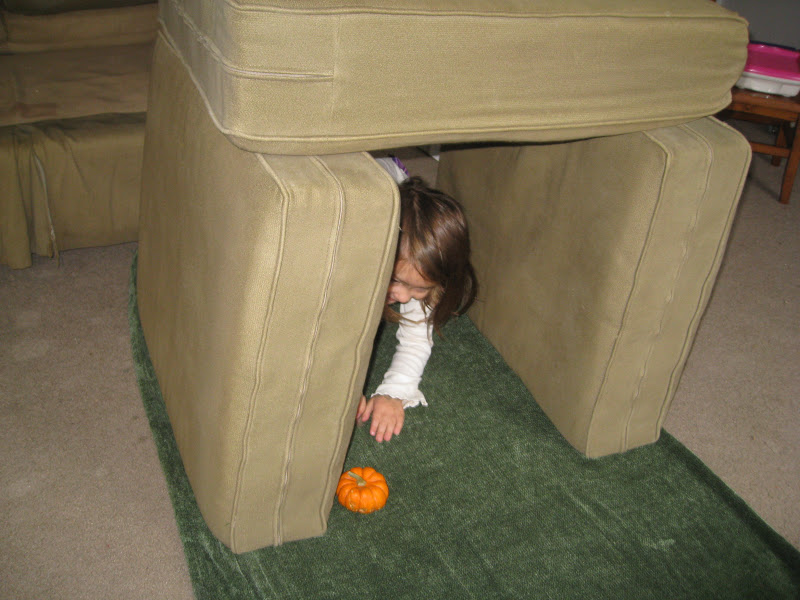
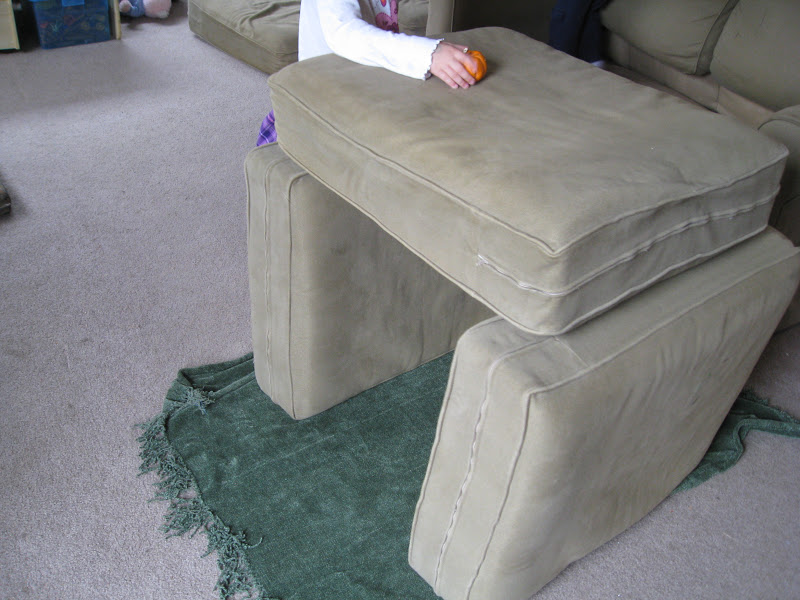
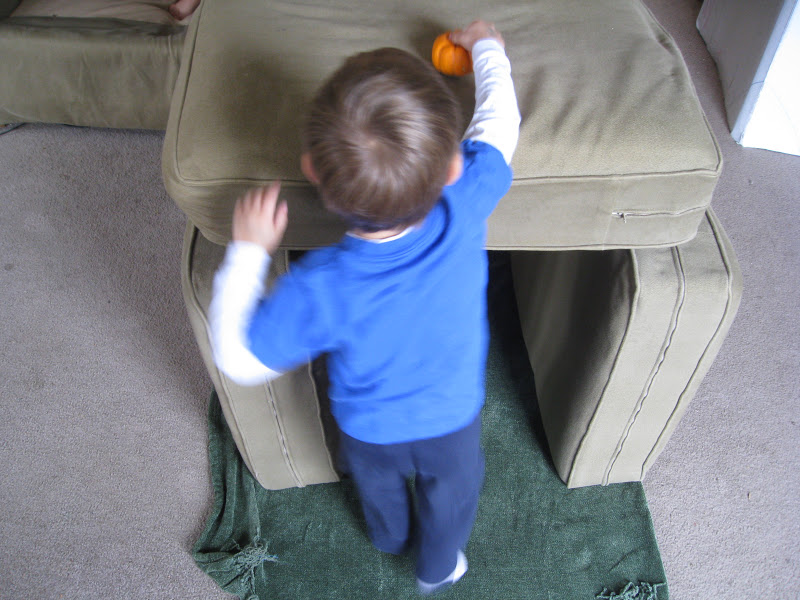
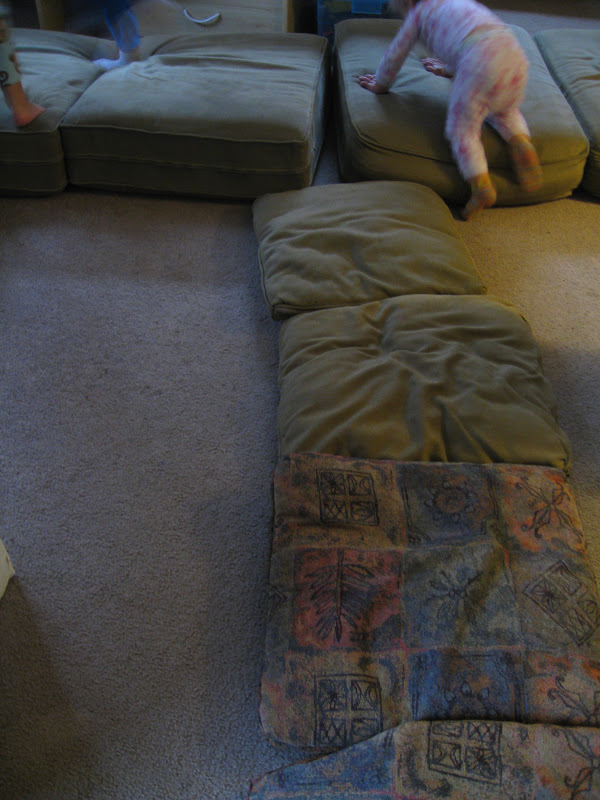
Pretend Play with Spatial Concepts
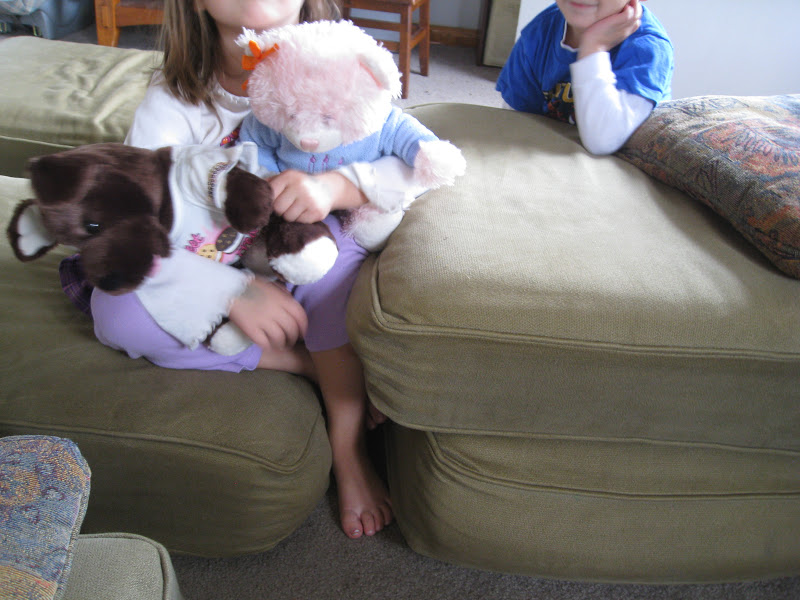
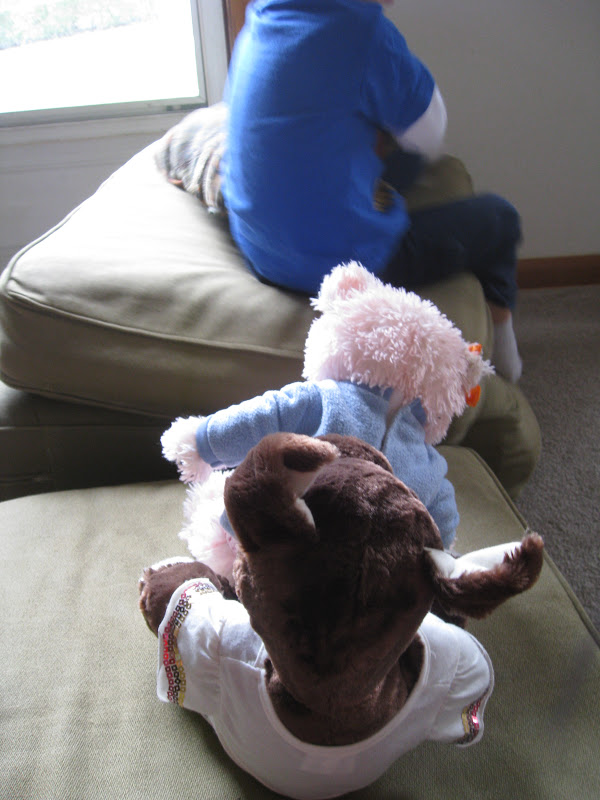
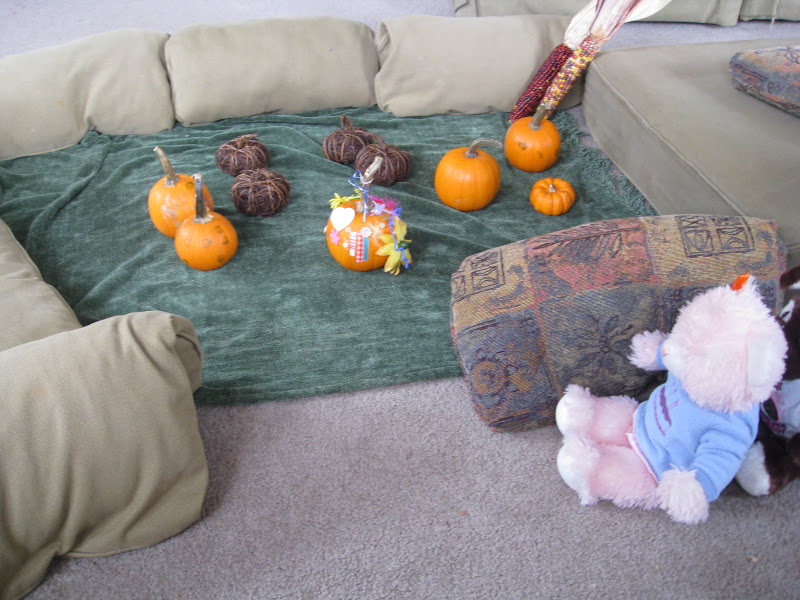
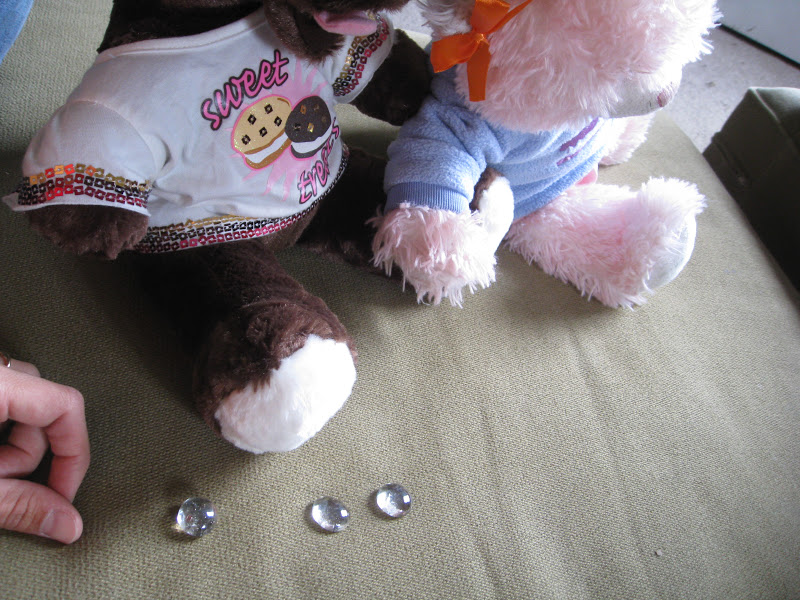
More Preschool Spatial Learning Activities
Want to continue the spatial concept learning with your preschooler?
- Add music…Sing and act out “Over the river and through the woods”, “Going on a bear hunt”, and “The bear went over the mountain”.
- Grab a basket or container of any kind. Toddlers love putting things “in”/taking them “out”. Add more complexity for bigger kids by adding multi-step directions. “Take 5 steps forward, go under the chair, then crawl around the blanket”.
- Make a backyard map to work on directional concepts.
- Play “I Spy” by looking around the room and finding 3 things that are under something, or 3 things that are behind something.
- Pencil control worksheets you can make at home
- We’re Going on a Bear Hunt

Colleen Beck, OTR/L has been an occupational therapist since 2000, working in school-based, hand therapy, outpatient peds, EI, and SNF. Colleen created The OT Toolbox to inspire therapists, teachers, and parents with easy and fun tools to help children thrive. Read her story about going from an OT making $3/hour (after paying for kids’ childcare) to a full-time OT resource creator for millions of readers. Want to collaborate? Send an email to contact@theottoolbox.com.


